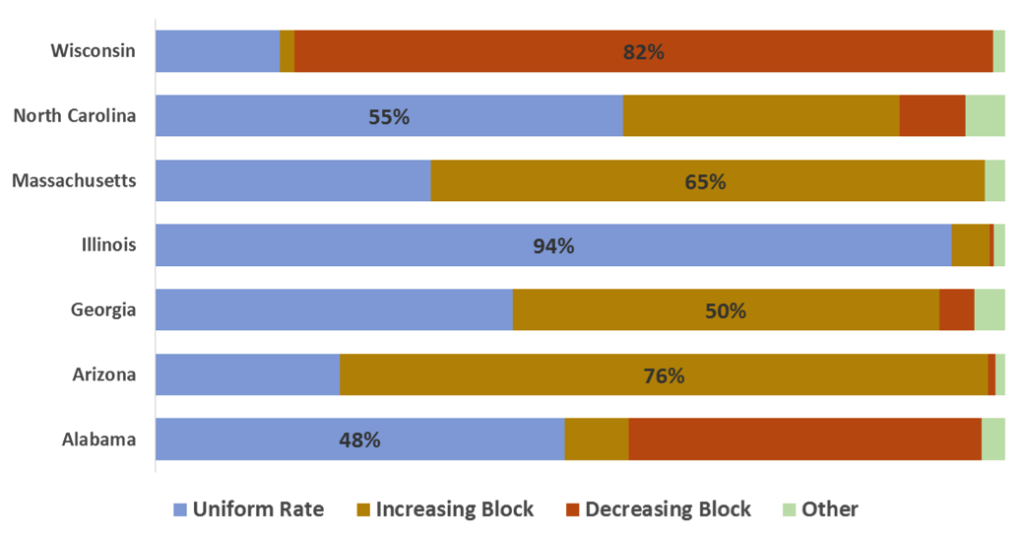Water, essential for life, has a high utility but commands a low market price. As long as water remained abundant everywhere, the cheapness of water would likely not change. But climactic change and its impact on reservoirs and watersheds, continuing needs from industrial and population growth and shifting needs across regions are revealing pressures on supplies and delivery infrastructures that were considered limitless just recently.
Water rate structures are often the product of resource and development attitudes of decades long past, unreflective of population growth, market changes and climate shifts. Water is also no longer a local resource, but a global one. The environment that once seemed endlessly bountiful is now limited by our many uses and wastes, and extractive activities must be examined closely for the actual benefit to the community. Water availability has limits and so water must be priced in fairness to the need, not subsidized for immediate opportunity.
A common legacy rate system is the declining block rate structure. Declining block rate structure is essentially volume discounting, implying that the product is free regardless of amount, and the delivery overhead is all that needs pricing. The concept of full-cost pricing includes the costs of not just water delivery, but the testing, monitoring and the needs planning to manage this precious resource.
Full cost pricing (see the EPA reference on Sustainable Water System Rates):
- Ensures rates are a sufficient and stable source of funds. Charging for the full cost of delivering water [ensures the] system’s financial health, enabling [the provision of] safe water now and in the future.
- Provides information on costs to customers. How much [a customer pays] sends a signal to them about the value of the product they are purchasing. Charging for the full cost of the service [the] system provides will help customers recognize the value of the service and be more mindful of their water use.
Many communities in the US use inclining block water rate to encourage conservation. Declining block rates predominate in Wisconsin, while many others use inclining or uniform rates.

The communities below, among others, utilize an inclining block rate structure that encourages conservation and provides steady adequate revenue to provide for present and future challenges.
City of Madison – https://www.cityofmadison.com/water/billing-rates/view-current-rates-fees
City of Lawrence, Kansas: https://lawrenceks.org/utility-billing/inclining-block/
Our community should develop and implement similar policies that ensure long term sustainability of our water system infrastructure and irreplaceable environment.
